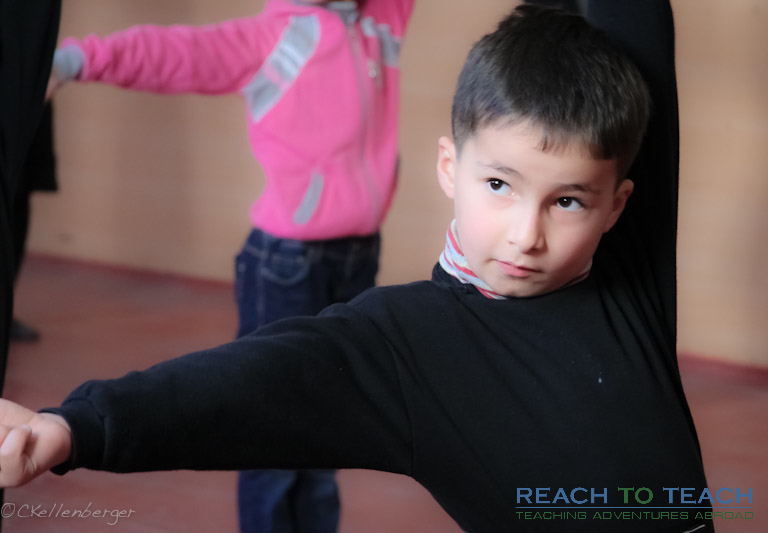Music and Dance in Georgia
Georgians love culture and they have a varied history of folk music styles from different regions all over the Republic of Georgia. Their love for music and dance is especially evident when visiting this beautiful company.
Urban music in Georgia is often characterized by sentimental, lovelorn lyrics, as well as crude form of urban music featuring clarinets, doli and duduks.
Folk songs are most commonly sung at feasts, where toasts and songs are generally centered around God and long life, among other topics. Folk songs for the work place are also traditionally sung to raise the spirits and general sense of camaraderie among workers.
 Traditional Georgian Polyphonic Singing
Traditional Georgian Polyphonic Singing
Georgia’s greatest musical contribution to the world, however, is its traditional polyphonic folk singing and chanting in the Orthodox Church.
This is where music and dance in Georgia becomes especially important, because these three-voiced songs have been a tradition of Georgian music since ancient times.
It wasn’t until the early 1900s that Georgia’s musical culture started drawing a lot of interest from the outside world.
The Georgians are masters of polyphony, a type of music that consists of two or more independent melodic voices. The term is usually used in reference to music of the late Middle Ages and Renaissance periods.
The 20th century has seen professional choirs such as Anzor Erkomaishvili’s Rustavi Choir achieve fame throughout Georgia. The distinct and rich tradition of Georgia’s sacred music for the Orthodox Church, along with folk songs, tends to contain pagan imagery.
Choirs are generally all male, although some female groups exist. Mixed-gender choirs are quite rare.
Great Georgian Singers and Dances
A Georgian tenor by the name of Hamlet Gonashvili is often referred to as “the voice of Georgia”.
The Georgians are also renowned for their love of dance, music, theater, and cinema. There are many Georgian folk dances which are performed for a number of reasons:
Kartuli – This romantic dance is meant to remind the audience of a wedding. The dance is always performed by a couple, and it incorporates the softness and grace of a woman, who must keep her eyes downcast at all times and glide across the floor as a swan glides across the still waters of a lake.
The man must keep his upper body motionless and keep his eyes focused on the woman at all times as if she were the only woman in the world. Kartuli has earned a reputation for being one of the hardest dances in the world to perform.
Khorumi – A war dance that originated in the Achara, the southwestern region of Georgia, only a few men originally performed Khorumi. Over time, the dance form has grown in scale, and today’s version has been known to have thirty to forty dancers participating.
Kintouri – This dance portrays the city life of old Tbilisi, the capital of Georgia. It is named after kintos, the small merchants of Tbilisi. Dancers wear black outfits with baggy pants. The dance is light natured and fun to watch.
Khevsuruli – This mountain dance best represents the Georgian spirit, uniting themes of love, courage, respect, skill, beauty and colorfulness in one incredible performance.
The dance begins with a flirting couple who are interrupted by another young man seeking the attention of the woman. The men begin to quarrel, and the woman stops the men from fighting by throwing her veil between them.
Khevsuruli is known for being very technical and requires intense practice and a high level of skill in order to perform the dance without hurting anyone.
Khanjluri –Khanjluri is based on the idea of competition. In this dance, shepherds compete with each other in the usage of daggers and in performing complicated movements. This dance style requires tremendous skill and practice on the part of the performers since it involves using knives and daggers.
Photography by Carrie Kellenberger

 Traditional Georgian Polyphonic Singing
Traditional Georgian Polyphonic Singing
